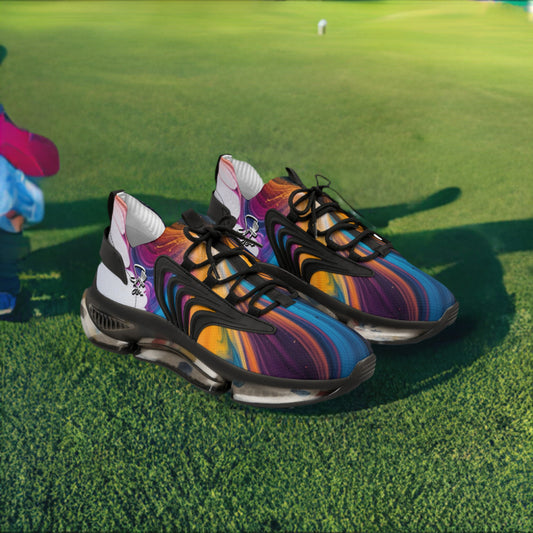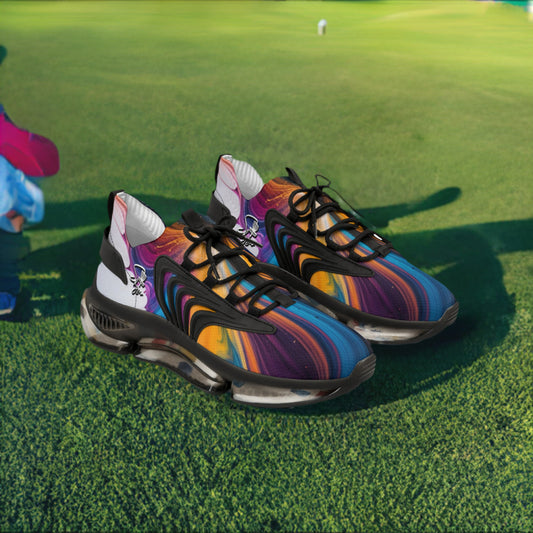
The Rise of the Forehand – Why Every Player Should Master the Sidearm
Share
For years, the backhand ruled the disc golf world. From distance drives to putter approaches, most players — from casual weekend warriors to top-tier professionals — favored the classic backhand throw. But as courses have evolved, competition has intensified, and players have pushed for more shot variety, one thing has become clear: the forehand is no longer optional.
It’s essential.
The Evolution of the Forehand
Early in disc golf’s history, the forehand — also called the “sidearm” — was considered a specialty shot. It was reserved for escape lines, utility throws, or situations where a backhand simply couldn’t bend enough around a corner. But modern course design has made the forehand not just useful, but strategic. Narrow doglegs, quick fades, and low ceilings now demand a second dominant throw — and the sidearm answers that call.
In today’s pro game, you’ll find that almost every elite player has a reliable forehand. Some, like Eagle McMahon, Anthony Barela, and Gregg Barsby, have built entire gameplans around it. Even Paul McBeth, once known almost exclusively for his backhand dominance, has developed a confident and calculated sidearm.
Mechanics and Learning Curve
The mechanics of the forehand differ dramatically from the backhand. Instead of coiling the body and unwinding through a reach-back, the forehand is more compact, driven by wrist snap, elbow timing, and hip rotation. It's closer to a baseball sidearm throw than a traditional disc golf motion.
And that’s part of the challenge. Many players find it awkward at first. The wrist feels overworked, the angles feel unstable, and grip slip becomes a common frustration. But with time and focused reps, the sidearm becomes one of the most versatile tools in your bag.
Forehands offer more than just a different shot shape — they offer a different angle of approach entirely. Right-handed forehands naturally fade to the right, opening up lines that backhands can’t reach cleanly. They also excel in low ceiling conditions where height is limited, giving players a flatter release path with a strong, late fade.
Course Versatility and Scoring Advantage
Let’s be blunt: you will score better if you have a forehand.
Courses that blend open and wooded elements are especially demanding of two-shot shapes. Par 4s that bend in opposite directions require both turns. Scramble situations often involve obstructed footing where a backhand is impossible. A confident sidearm can save par — and save tournaments.
On wooded courses, the forehand becomes a lifeline. It’s the fastest way to bend around a tight corner and still control distance. On open courses, it allows players to skip up to baskets, work the wind more effectively, and deliver hyzer-flips with low margin for error.
Disc Selection Matters
Throwing forehand isn’t just about form — it’s about the right disc. Overstable fairways like the Firebird, Raptor, or FX-2 are ideal for flex lines and skip shots. Slightly overstable mids like the Zone or Harp give players control on short flicks or touch upshots. For forehand drivers, discs with a flat top and a smaller rim tend to offer better grip and cleaner release.
The key is confidence — knowing your disc’s flight and how it will react under torque.
Final Thoughts: Add It or Fall Behind
In 2025, there’s no excuse not to have a serviceable forehand in your toolkit. Whether you’re chasing birdies in a C-tier or grinding through rounds on the Disc Golf Pro Tour, the ability to throw both ways is becoming the new standard.
The good news? Anyone can learn it. You don’t have to throw 400-foot sidearms to benefit. A reliable 250-foot flick that hits its landing zone consistently can lower your score more than adding raw distance to your backhand.
At Skyzer Disc Golf, we’re seeing more players asking for forehand form help, seeking discs built for flicks, and reshaping their practice routines to include sidearm reps.
The message is clear: the rise of the forehand isn’t a trend — it’s the future.
























